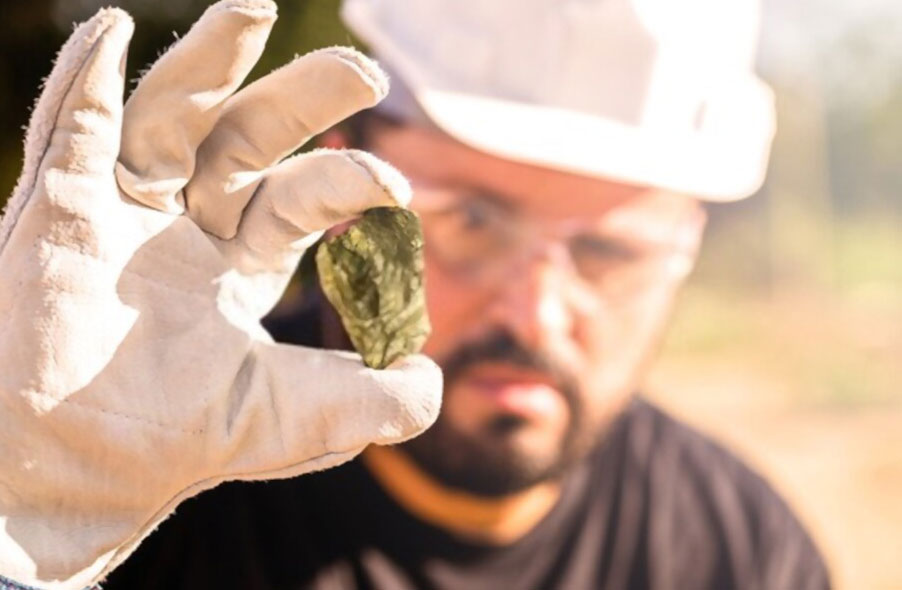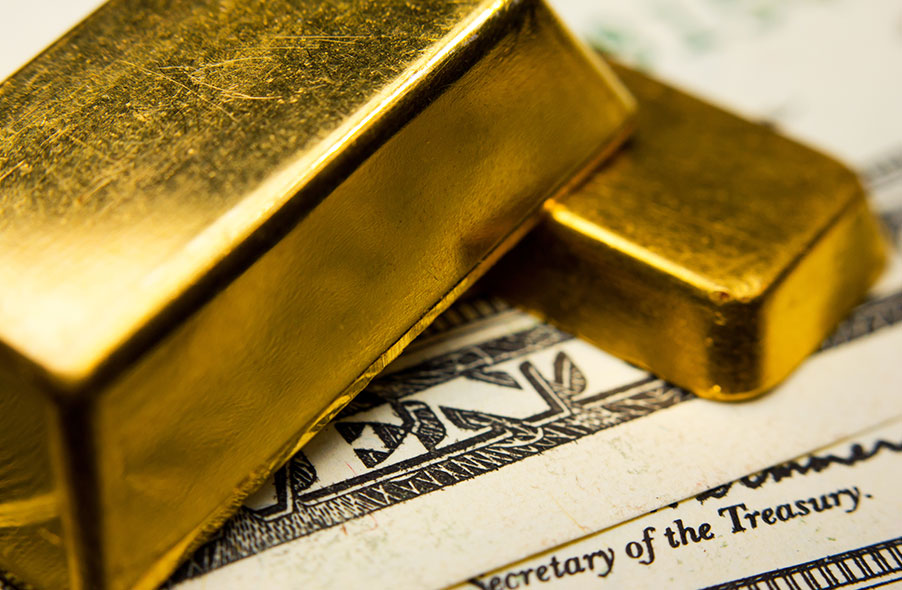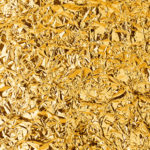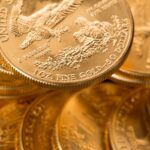The economies of the world have always held gold in high regard. Even though gold mining did not have the safety regulations and workplace technologies that modern companies have, they were present in most countries before the advent of sailing or flight. Throughout the ages, monarchs, pirates, and merchants were always on the lookout for the next gold score they could attain through robbery, heavy taxes, or colonizing entire continents.
Even though some minerals today are more valuable than gold, nothing beats it in versatility, prestige, and aesthetic value. Platinum is much rarer and more expensive than gold, but it has fewer industrial uses. Also, because it looks like silver to the untrained eye, most people still prefer a gold watch over a platinum one.
Gold has a captivating yellow glow that has been the cause of wars, trade blockades, and some of the most dramatic betrayals in human history. Even though it would take a dissertation to explain them one by one, it is always interesting to study how humanity as a whole has become so seduced by the power of gold.
As with any study relating to world history, it pays to start at the very beginning. How did gold become so valuable? How does the history of gold add value to you as a professional and a consumer?
The Discovery of Gold

The history of gold dates farther back than writing or pottery, so it is impossible to determine who to credit for its discovery. Various cultures and religions began forming myths about gold’s origins as early as the 5th century BC. Khrysos, a child of Zeus in spirit form in Greek mythology, was immune to damage from rust and moths but could silently devour the minds of men whose thoughts he inhabited.
The legend of Midas comes from a king who ruled over Greece in the 8th century BC. His queen, Damodice, was the inventor of coins, and numerous tales began to surround the two even after Greece prospered. In the Odyssey and Iliad, Homer sees gold as the gods’ splendor and a sign of extravagance among everyday people.
There have been lengthy debates about the archeological origin of gold. It is unknown which ancient civilization is responsible for its lofty state in modern culture, but most historians agree that late hominids first found gold in shallow streams.
Before smelting and metallurgy, people took possession of gold in its natural state: As unwieldy yellow nuggets. Everyone was enamored by its brilliance and shine, even though they could not use it as jewelry, weaponry, or currency. Pure gold is highly resistant to aging and tarnishing, so most of the gold from the hominid era still survives today, living in your smartphones, computer chips, and watches.
Gold was present in many corners of the world, and many different tribes began to use and trade it, even before the first governments and economies bloomed. For the Inca, the original inhabitants of South America, gold was seen as tears from the sun. When the Spanish conquistadors came to their shores in the 1500s, they began to hoard a large amount between the Amazon River and the Andes mountain range, knowing gold was what the colonizers came to find.
Gold in the Age of Smithing
Humanity has always thought of gold as an object of value, even before the invention of currency. People began to form tools out of copper and iron tens of thousands of years ago, but gold is the oldest metal that did not need a fire, hammer, and mold to fashion into anything. Iron, copper, and most other metals occur as ore-bodies, which require time and energy to smelt.
Gold occurs in a naturally malleable form, making it the most easily workable metal in existence. It doubled in utility after humans discovered they could combine two or three metals to form one tool. Many gods in Egyptian, Roman, and Greek mythology have had spears, swords, and armor made from gold, and many ancient monarchs began to follow suit.
In ancient times, the measly amount of gold that governments and trading companies could mine became idols, shrines, and holy objects. Rich men and officials later began making vases, cups, plates, and jewelry when there was an abundance, but turning gold into currency was unheard of until 700 BC. Damodice was responsible for producing the first gold coins, but Lydian traders began to make it a mainstream practice.
As gold became more and more precious and ubiquitous, the kingdoms of the old world began engaging in multi-year wars that would leave towns and cities decimated. Prisoners of war, criminals, and slaves were sent into gold mines to dig for precious metals. These ancient wars were not always over currency — as most of the time they were about religion and land — but gold was the primary enabler of these kingdoms to push harder and harder against one another.
As engineers began to perfect metallurgical techniques, gold became a permanent presence in global currency. Goldsmiths from ancient Egypt formed the shekel, which was an alloy of one-third silver and two-thirds gold. It became the primary unit of monetary measurement in the Middle East.
The Romans had the Aurum, the origin of the chemical symbol for gold, which later became the basis for the pound, shilling, and pence that the United Kingdom uses today.
The Gold Standard

As gold became more ingrained in global currencies, many countries began to back their monies by the amount of gold their country could produce. In the 1600s, many English citizens had homemade mints where they marked their gold coins with the percentage of pure gold found in them. However, this practice began to produce coins of irregular shapes, sometimes robbing them of any value as a legal tender.
With the Great Recoinage of 1696, the English government tried to preserve the British currency’s value in the country and abroad, but it was a failed attempt. However, it gave rise to the early arguments for paper money, a more organized way of trading that would not see the light of day until the last days of World War I.
Americans began to adopt paper money before the British, but its value was reliant on the gold-producing capacity of the USA. During the Gold Standard era, anyone could go to a bank and exchange paper money for a set amount of gold. The Gold Standard gave people assurance that the worth of their money did not rely on their country’s ability to pay debts, it’s international standing, or a thousand other things they didn’t understand but only on its capacity to produce gold.
However, after World War I, the governments of Europe were in shambles, and international alliances began to shift, leading to an economic limbo felt across the world. Many nations were in debt, and gold production began to decrease as larger countries began to profit from the war. The U.S. dollar and the British pound sterling became the world’s reserve currencies, and people began to hoard them more than gold.
In 1934, the USA artificially upped gold’s price from about $20 per ounce to $35 per ounce to recover from a market crash. Neighboring countries took note and sold most of their gold to the USA for a cash infusion, causing the dollar to take a nosedive. By the end of World War II, all western countries began to refer to the dollar for the worth of their money as the USA drained its gold reserves to rebuild itself.
Gold in the 21st Century
Today, the gold standard is at rest, and no country uses gold and silver as currencies. The precious metal is still ingrained in many facets of our lives as more and more uses were found for industrial and commercial applications. Nearly 80% of mined gold turns into household decorations, watches, and jewelry, but the remaining 20% has a nigh-unlimited number of other uses.
Electronics manufacturers use gold to create relay contacts, connection strips, and soldered joints because of the mineral’s high conductivity and corrosion-proof properties. Gold is present in your smartphones, GPS, calculators, and television sets. Also, doctors and dentists use gold for dental fillings, radioactive treatments for cancers, and diagnostic procedures.
Want to Know More About Gold?
People have been chasing gold for thousands of years. But every now and then, books are published, claiming to answer age-old questions like, “How did gold become valuable?” or “What is its connection to human beings? and “What makes that yellow mineral so precious?”
If you would like to know more about the history of gold and how you can be part of it, find a Gold IRA Partner today at learnaboutgold.com. Read hundreds of articles about how gold is relevant today and how to invest in the precious metal by checking out our blog section. Take our gold quiz and find out how gold can be useful to you today.





